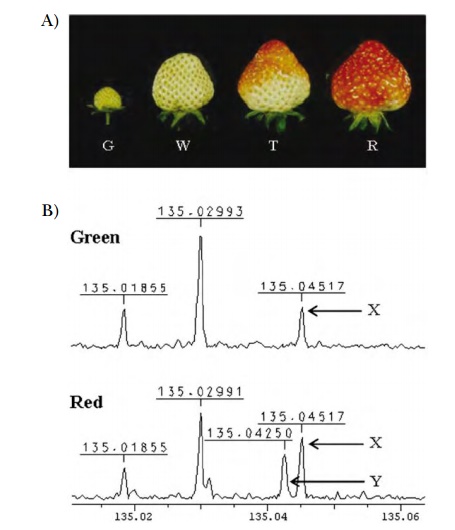Chapter: Biotechnology Applying the Genetic Revolution: Proteomics
Metabolomics
METABOLOMICS
As methods for identifying
small molecules become more accurate and sensitive, metabolic research has
become more global. The metabolome
consists of all the small molecules and metabolic intermediates within a
system, such as a cell or whole organism, at one particular time. Understanding
the metabolome is complex because small metabolites affect many other
components of a cell. Metabolites flow in a complex network and form many
different transient complexes. The network of metabolites may be compared to
city streets. At each corner, a decision on which route to take must be made,
and such decisions continue until the person reaches the final destination.
Each metabolite molecule follows a specific pathway, often with several
potential branches, and at each junction, a decision is made before moving on
to the next step. Characterizing the metabolome under particular conditions is
known as metabolic fingerprinting.
Several techniques that
involve separating and/or identifying small metabolites have made metabolomics
possible. Nuclear magnetic resonance (NMR) of extracts from cells grown with 13C-glucose
has allowed simultaneous measurement of multiple metabolic intermediates.
Metabolites have also been identified by thin layer chromatography after growth
in 14C-glucose. These methods are not very sensitive, and some
metabolites may not be separated or identified.
Mass spectroscopy offers the
best way to analyze whole metabolomes. The technique can identify many
different metabolites (even novel ones) and is extremely sensitive. Mass
spectroscopy can determine the exact molecular formula for a compound, so every
metabolite can be identified. Even if isomers exist, the fragmentation pattern
will be different although the molecular formula is the same.
The use of mass spectroscopy
is often combined with other methods to simplify analysis. Different types of
chromatography can be used to separate the metabolites before analysis by mass
spectroscopy. Obviously, using HPLC will separate the complex cellular extract
into different fractions, which can then be analyzed by mass spectroscopy.


Metabolomics is especially
valuable in studying plants, because metabolites affect the pigments, scents,
flavors, and nutrient content. These are all commercially important traits, and
using mass spectroscopy to analyze these metabolites will aid in developing
better-tasting and fresher produce. For example, in strawberries, there are
7000 metabolites that can be identified by mass spectroscopy (Fig. 9.29).
Comparing white and red strawberries has identified which of the metabolite
peaks in the mass spectrum corresponds to the intermediates in pigment
synthesis.
Related Topics